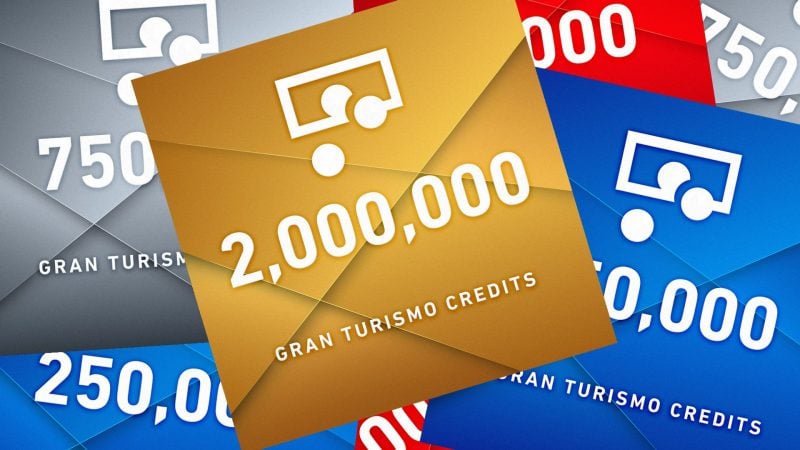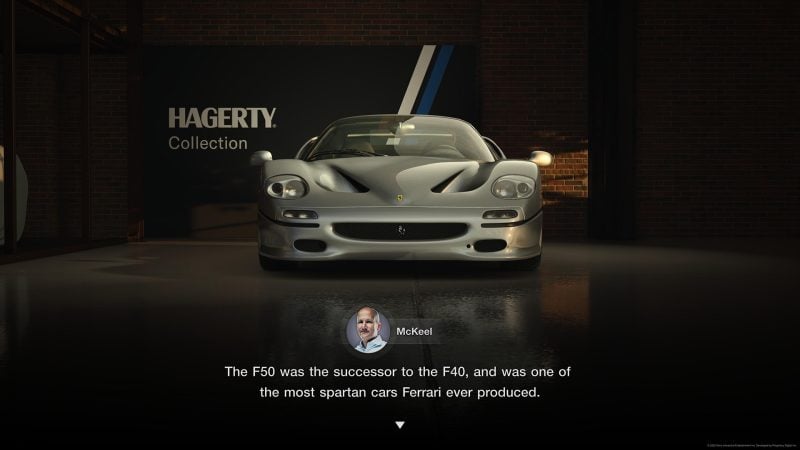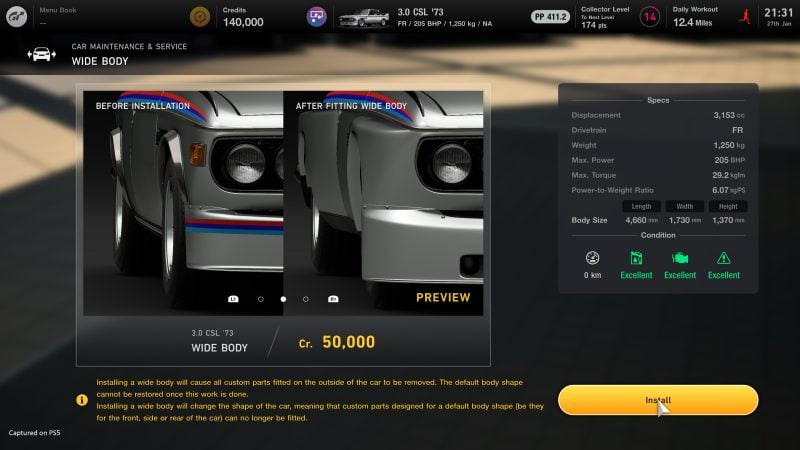
Gran Turismo 7 players will be waking up today to some rather unwelcome news. In the brief period during which the latest update was available it was revealed that, for many of the best-earning races in the game, credit payouts have now been slashed — by more than half in some cases — dramatically increasing the time needed save up for the highest value vehicles.
Many players were already asking questions of the game’s economy balance as it was. However, this adjustment has amplified the issue and already caused something of a major backlash, both on GTPlanet’s forums and across social media.
Even personalities such as Steve “SuperGT” Brown — who has featured on the game’s live streams and broadcasts before — have made their feelings known, along with several less polite takes across various platforms.
It’s not helped at all by the game’s microtransactions. While not the first GT title to feature this cash-for-credits mechanism — GT6 holds that record — GT7’s microtransactions are considerably more expensive, even when comparing the most cost-effective item in the current game to the least in its 2013 predecessor.
Combined with the 1.07 update hobbling what was already a bit of a grind to earn cash, it’s led to accusations that the title is crafted around pushing players to buy in-game credits — especially as the microtransactions didn’t go live until the minute that the game launched.

Consulting GTPlanet’s own GTPEDIA, it’s easy to see why there were questions about GT7’s economy setup. Even at launch, it ranked among the slowest of the full-price titles — though the rate of earning credits was firmly mid-pack.
Taking the “most effective tactic available” (or “meta”) for each game in the series, the approximate credit earning potential ranked GT7 at third overall:
- Gran Turismo 6 – 3.55m credits/hr
- Gran Turismo Sport – 2.04m credits/hr
- Gran Turismo 7 (v1.06) – 1.75m credits/hr
- Gran Turismo 4 – 1.69m credits/hr
- Gran Turismo 2 – 1.35m credits/hr
- Gran Turismo 5 – 0.87m credits/hr
- Gran Turismo 7 (v1.07) – 0.85m credits/hr
- Gran Turismo 3 – 0.50m credits/hr
- Gran Turismo 1 – 0.50m credits/hr
However that’s only taking GT5 and GT6 into consideration in their end-state, after the servers had closed. During their active periods, both had regular online events that paid out millions of credits each time, which in GT6’s case effectively rendered the microtransactions irrelevant – and it already had the highest earning potential.
Part of this came from being able to sell vehicles, with certain events being more lucrative due to the repeat rewards of pricey prize vehicles. This feature is not present in either GT Sport or GT7 — even though the official PlayStation Store page for GT7 implies that it is.
With the change to the race payouts in v1.07, GT7 plunges to sixth on the list, ahead of only GT3 and GT1.

Earning credits is only half the picture of a game economy though, because you also need to spend them! This is where the game economy of GT Sport and GT7 start to come apart somewhat.
In early GT games, the most expensive cars ran to seven figures only — in fact only 500,000cr in GT1 — and there weren’t all that many of them. When GT5 hit, it included several eight-figure cars, including the now-standard 20,000,000cr vehicles that form the game “unicorns”. GT Sport alone had four of these cars, with another six between 10m and 20m credits.
That meant that GT Sport had the most expensive full car list in Gran Turismo history, despite having a quarter of the roster of GT6. More importantly it meant that the “meta” became a grind for credits, with players driving the same event for hours to score even one of the game’s most expensive cars.
While we haven’t yet seen the pricing of GT7’s highest-priced cars, it looks to be slightly less expensive generally. The 20m credit Jaguar XJ13 and Ford MkIV have been available in the Legends Cars dealer for a combined 14.6m credits, though pre-launch screenshots showed the Mercedes S Barker Tourer was in the 20m credit club. Prices may vary thanks to the association with Hagerty, but with that and the credit cap we can assume 20m cars are back.
Taking these prices into account results in a pretty stark picture of just how much of a grind the PS4/PS5 titles are in terms of time taken to buy just one example of the most expensive vehicles in each game:
- Gran Turismo 1 – 1 hour (8 races)
- Gran Turismo 2 – 1.5 hours (14 races)
- Gran Turismo 4 – 2.7 hours (32 races)
- Gran Turismo 6 – 5.8 hours (90 races)
- Gran Turismo 3 – 7.5 hours (5 races)
- Gran Turismo Sport – 9.9 hours (84 races)
- Gran Turismo 7 (v1.06) – 10.9 hours (205 races)
- Gran Turismo 7 (v1.07) – 17.8 hours (333 races)
- Gran Turismo 5 – 23.3 hours (315 races)
Again though, this doesn’t reflect the fact that GT5 and GT6 had daily login bonus boosts and quicker ways of earning credits through seasonal events during their active life. That would promote both games up the list, with GT5 eclipsing Sport and 7 during its heyday.

One additional factor here is the cost of upgrading cars. This in-demand feature returned to GT7 in a more comprehensive manner than ever before, and that contributes towards our feeling that in terms of the game alone it’s the best title yet. But parts — and more parts than previous titles — are expensive, and it pushes GT7’s economy further out of step compared to even GT Sport.
That all means that as things stood at launch, Gran Turismo 7 already had the slowest economy of any Gran Turismo title — and the massively hobbled payouts for the “meta” events has only made it worse.
Of course there are more updates to come to GT7, with more events and — at least according to the game’s box — seasonal events that could render 7’s microtransactions just as moot as GT6’s were. For now though, we’d consider this a serious mis-step on the journey.
See more articles on Gran Turismo 7 Game Update.








